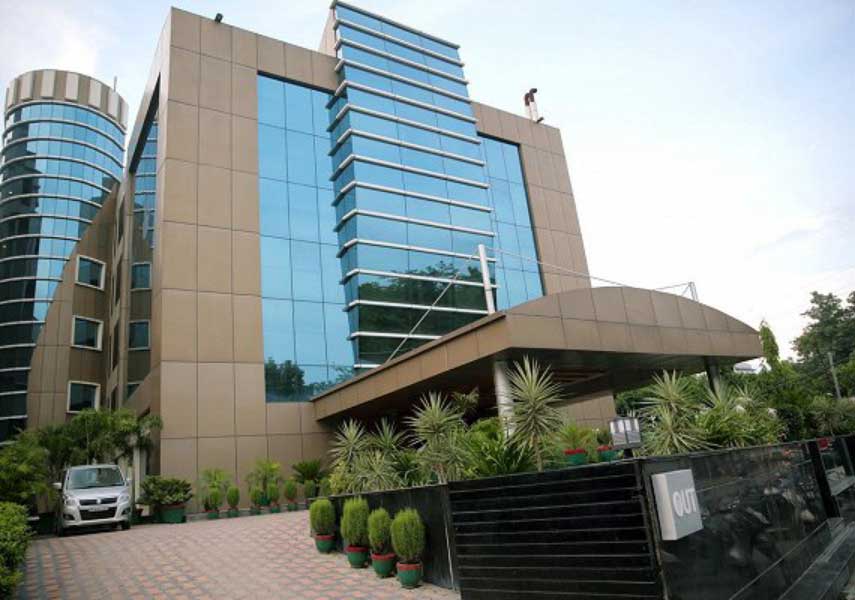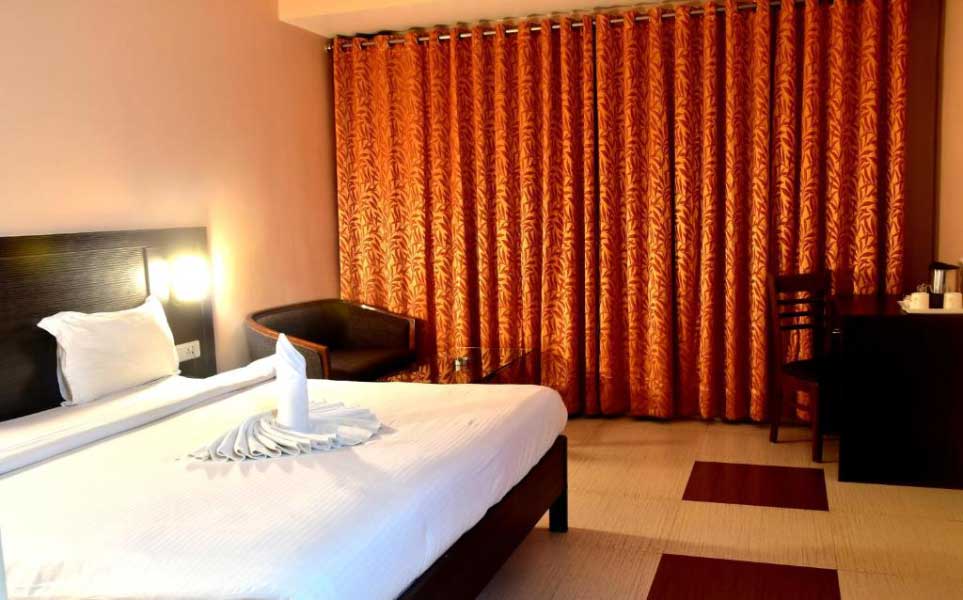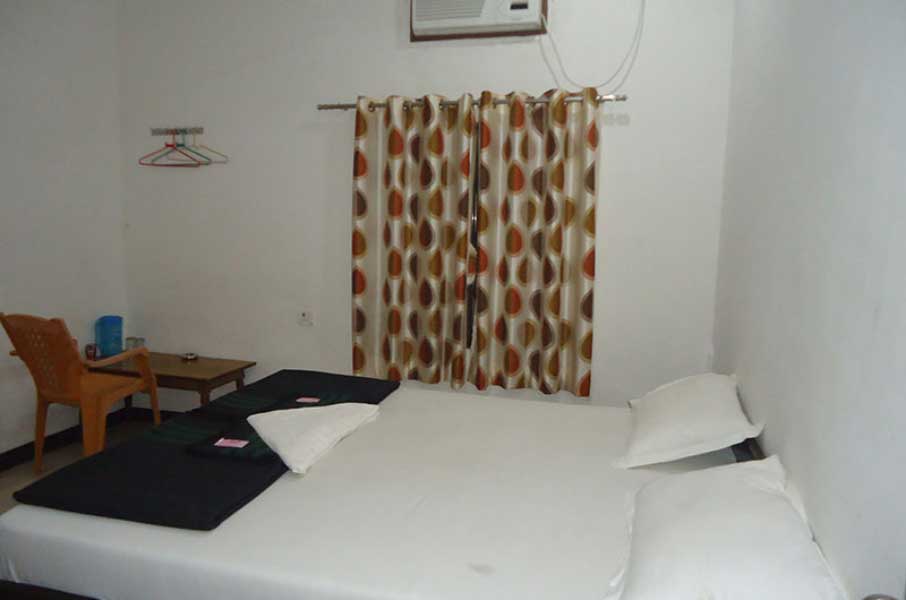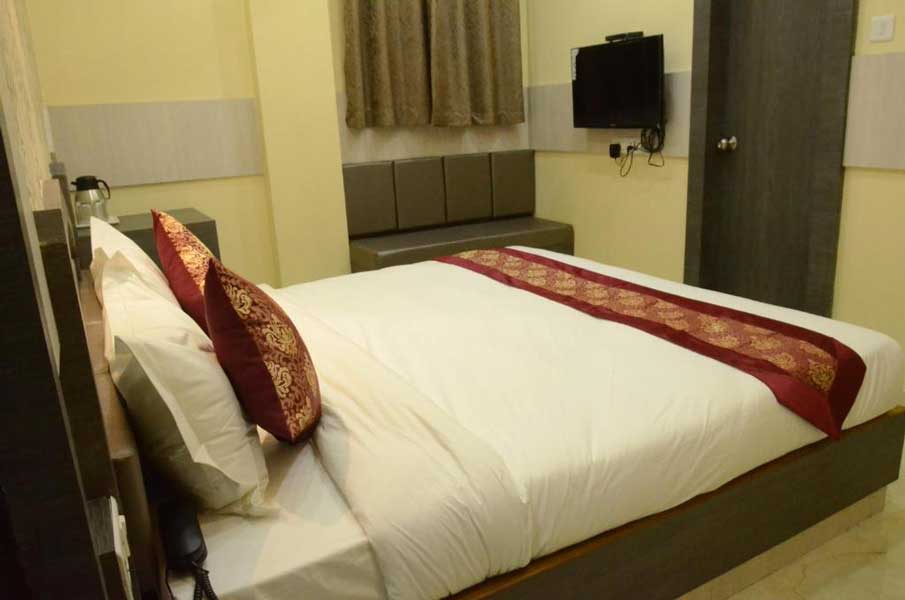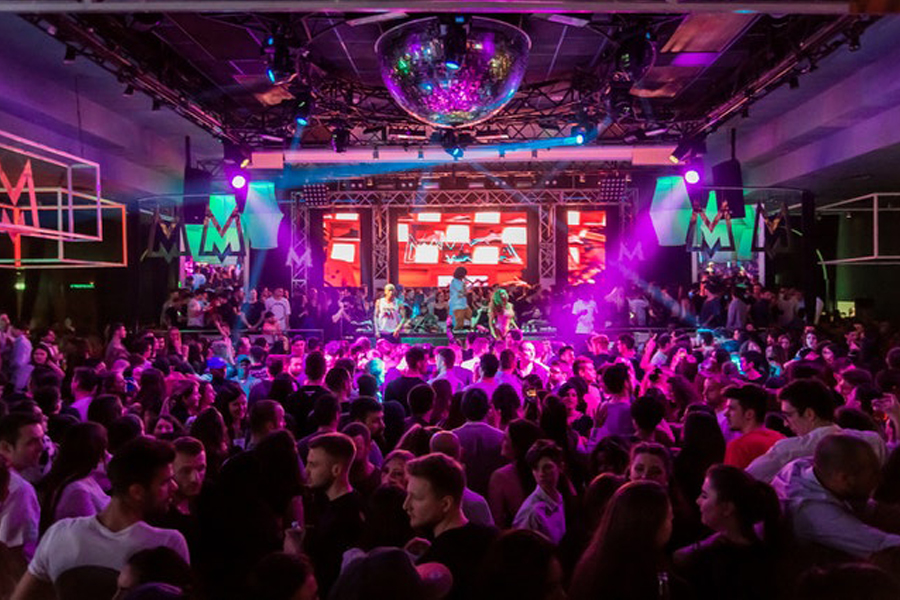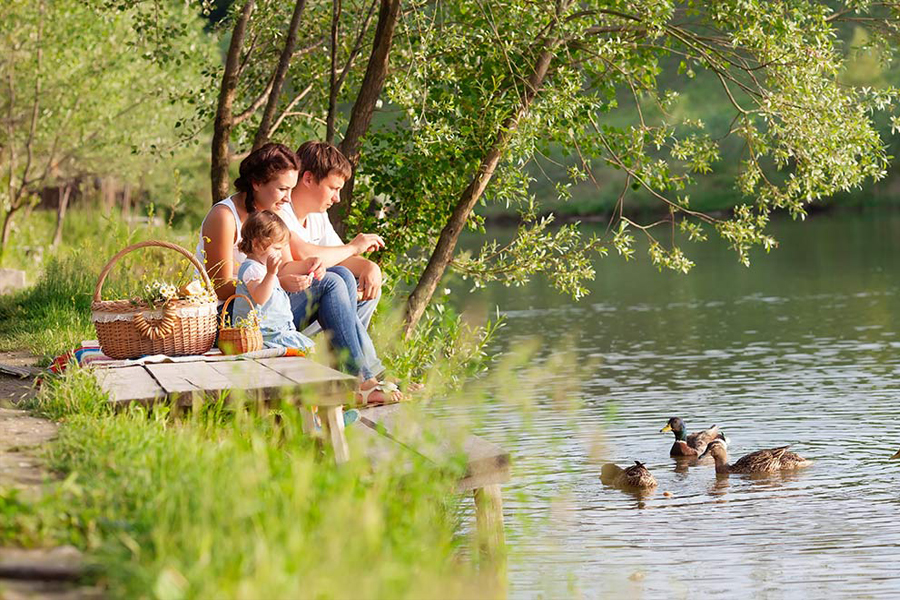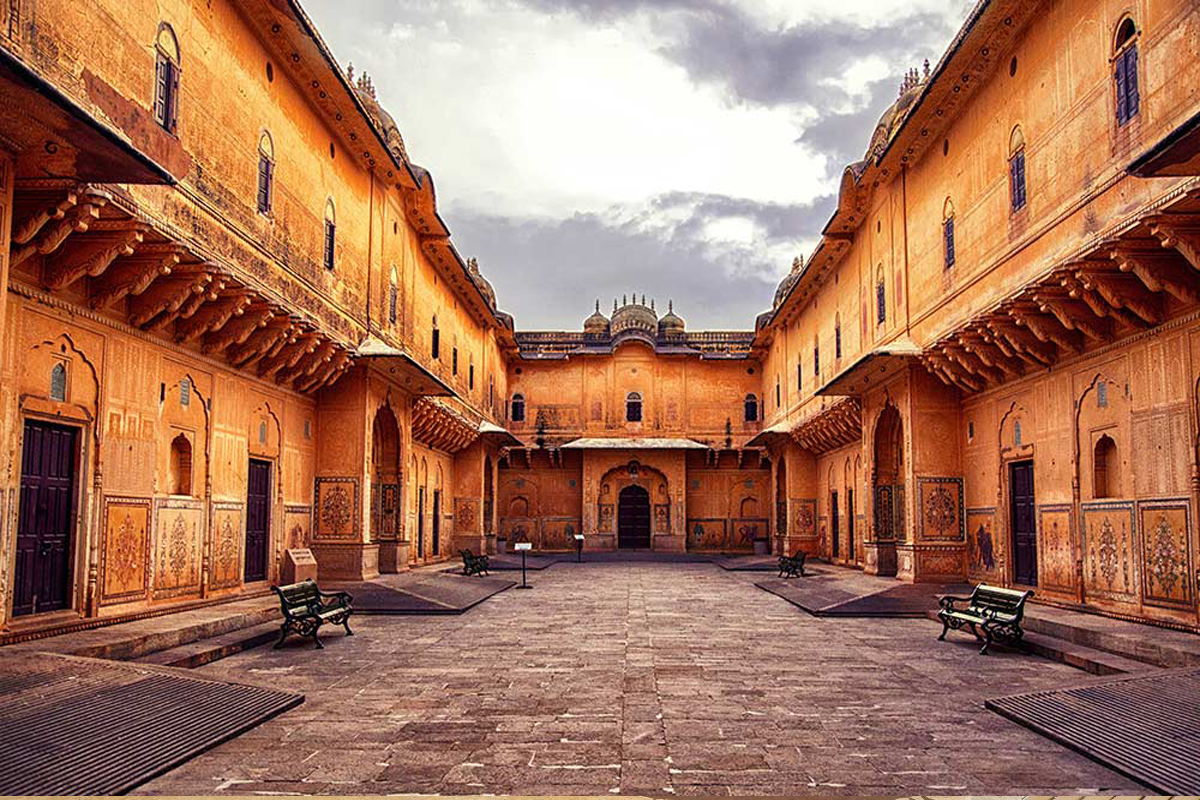Read More on Ramnagar Fort
History
Ramnagar Fort was established in 1750 by the ruler of Banaras, Raja Balwant Singh, and is now the abode of Anant Narayan Singh, the reigning Maharaja of Varanasi. Although, for nominal sake, the preceding title, "Maharaja of Varanasi '' has been scrapped since the year 1971. According to an engraving unearthed on the fort's exterior fortifications, this popular tourist destination in Varanasi dates from the 18th century. The Ramnagar Fort history is a magnificent example of a vanished culture. Ever since the 18th century, the Ramleela carnival has been held. It is a month-long event that depicts Ram's life and culminates in a 10-day fight between Ram and Ravan.
Architecture
The structure is made of chunar sandstone which has a whitish appearance. This edifice was constructed in the Mughal architectural style with carved terraces, open courtyards, and rotundas. The castle was constructed on a steep ridge on the Ganges River's eastern bank. Two white towers can also be accessed by ascending a few stairs on the fort. It also features a Ved Vyasa shrine, a gallery, and a Dakshin Mukhi Hanuman temple looking south.
Activities
- The aristocratic family's collectibles are displayed in a museum within the property for you to see.
- Scrolls, antique furnishing, automobiles, garments, gold, and silver embellished palanquins, and metal elephant saddles are among the artifacts.
- There's an armory with weapons and historic rifles from Myanmar, and Japan on display where people can come and witness these ancient weaponry collections.
- Don’t forget to watch the remarkable celestial clock that displays the month, week, day, and hour, as well as other celestial facts about the stars, sun, and moon's phases.
- Lassi, widely known as "Lassi of Ramnagar," is a popular drink in Ramnagar. Numerous vendors produce Lassi just outside of the fort, all across the street.
Tips for visiting
- A pick-up/drop-off across the river is provided by sailboats.
- The castle is in ruins now.
- Be cautious because there are monkeys around.
- Within the museum citadel, photography is prohibited.
Best time to visit
October is the ideal month to see the castle. The weather will be pleasant, and there will be numerous festivities. As a highlight of the Dussehra celebrations this month, a theatrical presentation of Lord Ram's life will also be presented. The fort will indeed be bright and beautiful on this occasion. The ruling house rides an adorned elephant all around the castle throughout this ceremony.
Nearby Atractions
- Bharat Mata Temple
- Ganges River
- Banaras Ghats
- Kashi Vishwanath Temple
Nearby market/ shopping places
Varanasi, as a sacred and spiritual city, offers many marketplaces where you may buy nearly anything, including garments, jewelry, antiques, idols, and so much more.
- Thatheri Bazar: It is one of Varanasi's most renowned marketplaces, known for its religious artifacts made of copper. Silk and brocades are well-known in this area.
- Vishwanath Lane: They have gorgeous and stylish bangles, dupattas, and even sarees on sale. This location is well known for selling high-quality textiles.
- Golghar: This is one of Varanasi's largest markets, and this is the only site where someone can buy a wide range of things ranging from everyday necessities to gifts.
Nearby Hotels
- Taj Ganges
- The Fern Residency
- Brijrama Palace
- Hotel Madin
- Rivatas By Ideal
Interesting Facts About Ramnagar Fort
- Ved Vyasa is claimed to have lived and performed asceticism in Ramnagar, and hence the citadel is named after him.
- The fort comes alive during the one-month-long Ram Lila celebration, which takes place in October-November and features scenarios from the epic of Ramayana.







